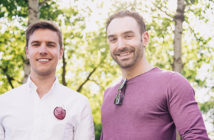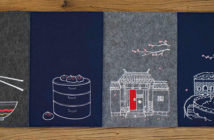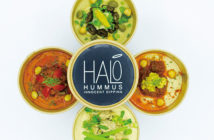Rhiannon Sim, originally from New Zealand, has lived in Beijing for nine years and is a graduate of the Western Academy of Beijing (WAB). Since graduating high school three years ago, she has been investigating traditional Chinese medicine (TCM) and has been working with her TCM doctor to understand and create tea blends which are targeted towards general wellness problems. She has created these tea bags so people have easier and faster access to TCM. We at beijingkids found her story so cool and interesting that we wanted to delve further into her motives, and reasons why she started this tea emporium.
When did you start your tea business?
I started as soon as I graduated high school, so actually three years ago now. However, I would go through periods of being super-inspired to work on or grow the business, and then long periods of feeling like it was not what I “should” be doing. Like, maybe I should just be focusing on university courses.
It was really not until the last five months that a lot changed in regards to my mindset towards failure and growth, which allowed me to intensely focus on developing ShenTea. I began to learn how to push through the uncomfortable feelings that come with failing and learning new skills. So, since this mindset change, the most business growth and development has happened in the last five months.
What or who gave you this idea? What is your interest in TCM?
Since coming to Beijing, my family had always been really into tea culture. We would go to visit the tea towns and their plantations in Southern China during the school holidays. Our family would give tea as gifts and as we became more knowledgeable, we would host tea ceremonies for interested friends and family. My Dad suggested that there could be room to educate and to create a small business centered around sharing aspects of Chinese tea culture with foreigners living in China. This planted the seed that would evolve into the Chinese tea aspect of ShenTea.
At around the same time in high school, I became very sick due to stress-related causes. So sick that I was unable to dance, or attend school without having to leave at lunch due to nausea. The most distressing part for me during that time was that the western medication I was taking had been making the symptoms worse. I decided as a last resort to try Chinese medicine and herbal remedies, which cured the problem (as it took into account my whole person in the treatment as opposed to just treating the symptoms). This led to a slight obsession with learning about Chinese medicine and traditional holistic approaches to health, both preventative and curative.
Who helps you with the tea blends and the TCM side of things?
I consult with Chinese Medicine doctors in hospitals all around Beijing, because I want to cross-check the recipes with various TCM doctors to specifically talk about what ingredients and amounts are suitable for every person to drink at any time of day while still being specific enough to aid the wellness problem they are being designed for. I also do a lot of reading about herbs and how they help the body in order to understand more about possible future blends and be able to communicate better with the doctors I’m speaking with.
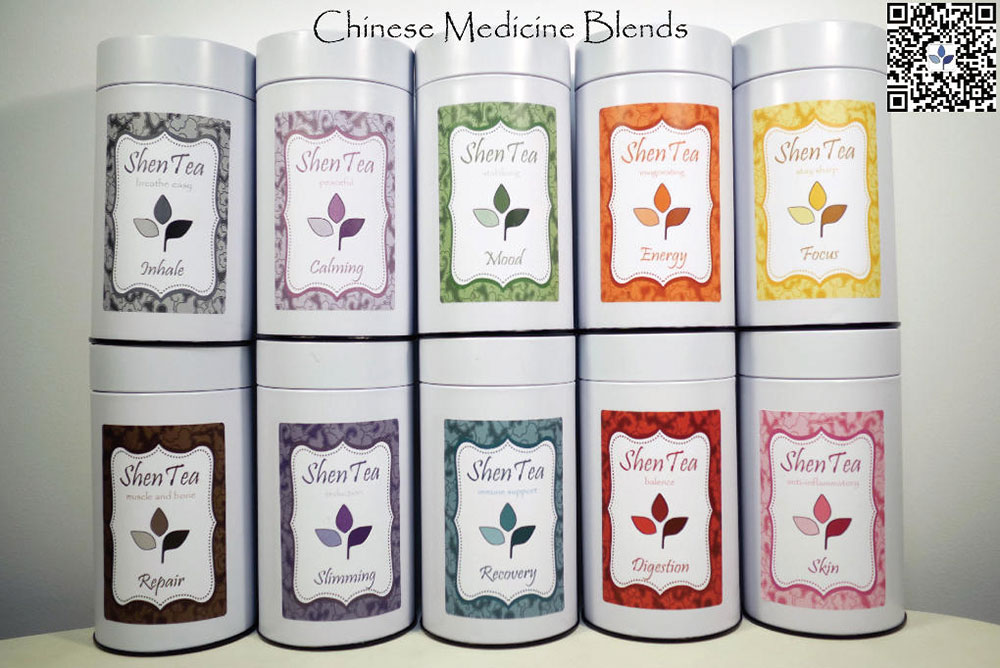
How did you decide on packaging, and did you do all of the design work yourself?
The packaging came about through series of prototypes. I had to teach myself Adobe Illustrator as I was designing the labels, which was difficult as the labels were limited by my skill level. I initially wanted to outsource the design but thought that having an understanding of Adobe Illustrator and other software would allow for greater control over this and potential future projects. This has really paid off by allowing me a greater understanding of the prototyping and design process.
Where and how do you get these medicinal blends made?
Currently, I make all the blends and the packaging in the spare room of my house. I print the labels with the same printer I use to print my essays for university. However, I outsource all the “parts of the puzzle,” such as the herbs, which are sourced from Guangzhou, the teas which come from all around China, and the various components of the packaging from factories in southern China. I assemble these all at home. I grind the herbs, weigh everything out, and bag the tea myself.
What have you learned from this process of starting and developing your own business?
I owe all of my self-development in the last three years to this project. How to deal with failure- that it should be sought out and welcomed. What it means to adapt my thinking and not be so fixed on making a concept work. Honestly, I was always told that perseverance and commitment were important, and it is… but “blind perseverance/commitment” can be quite dangerous as sometimes you won’t pivot or make the changes necessary for growth. I have also gained an understanding of networking in China, and how to be confident in my ideas/product, along with what it means to be truly proud of myself and how to create self-satisfaction.
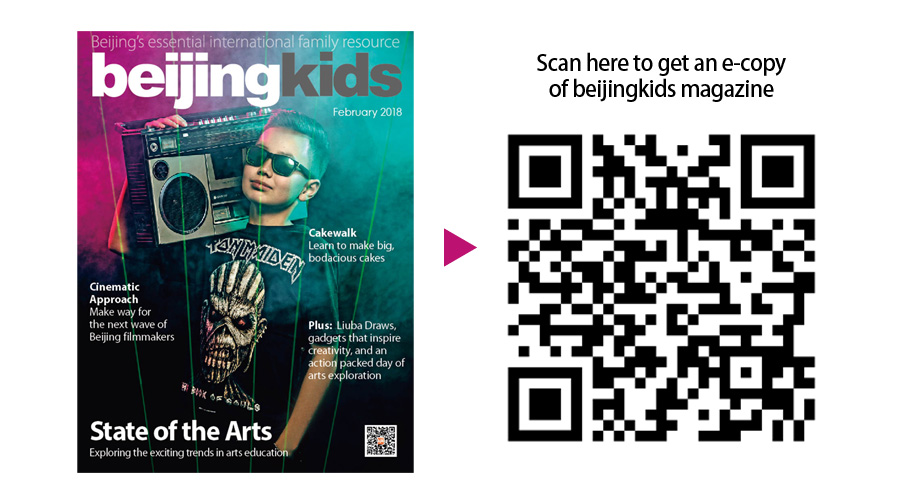
Photos: Courtesy of Rhiannon Sim
This article appeared on p16 of beijingkids February 2018 issue.


